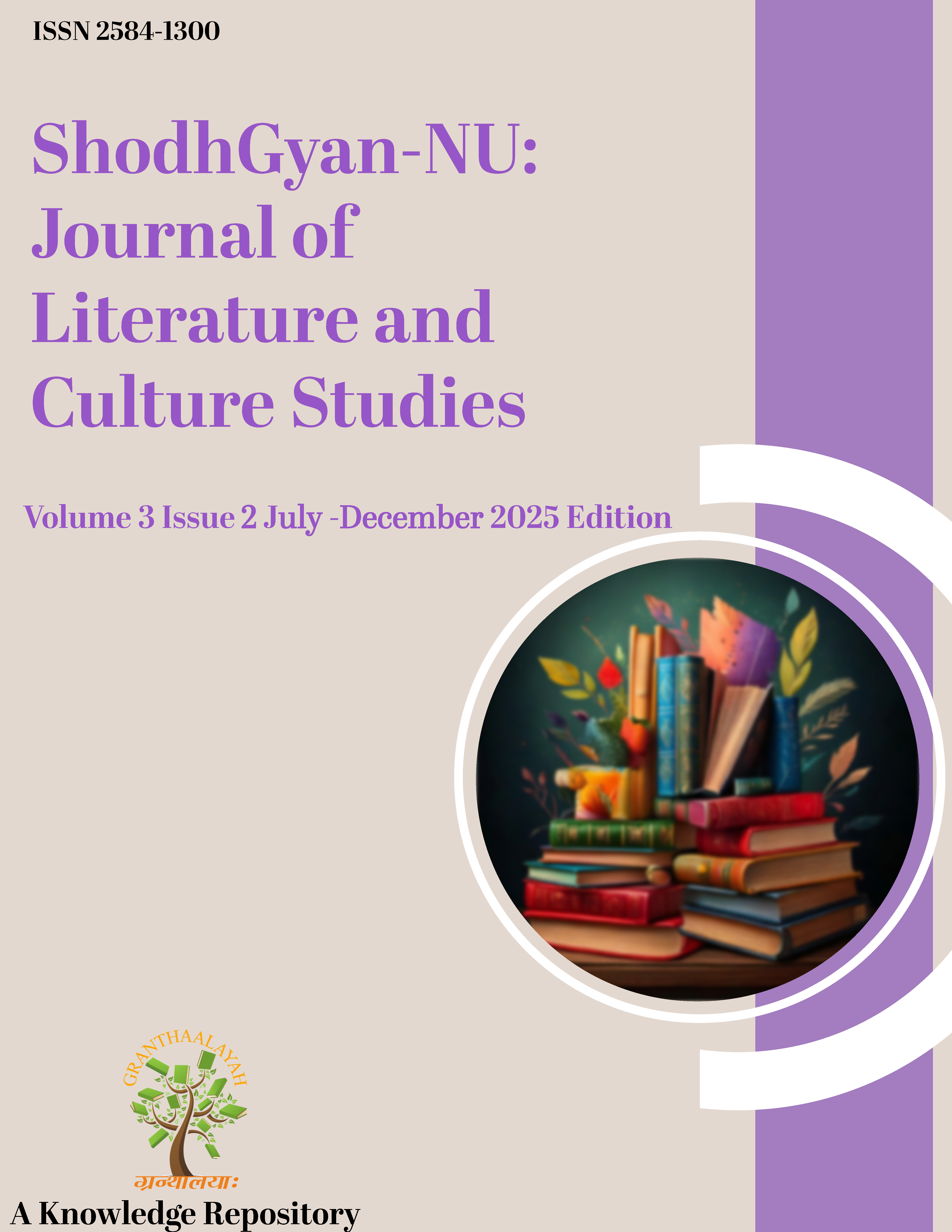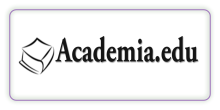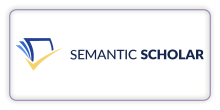CULTURAL REALITIES IN THE TEXTS OF TOLSTOY AND CHEKHOV IN TRANSLATION
DOI:
https://doi.org/10.29121/shodhgyan.v3.i2.2025.61Keywords:
Cultural Code, Linguistic Realities, Literary Translation, Tolstoy, Chekhov, Translation Strategies, National IdentityAbstract [English]
The works of Leo Tolstoy and Anton Chekhov serve as profound reflections of Russia’s national and cultural identity, encoded through language and marked vocabulary. This study examines the translation of culturally specific linguistic realities in their texts, focusing on the strategies employed to preserve the cultural and semantic nuances inherent in the original works. The research defines the cultural code as a matrix structuring perception and evaluation of the world, emphasizing its role in shaping national identity. This study examines the methods of conveying culturally specific words – linguistic realities in the works of the authors. Having no equivalents in the translated language, these units are nevertheless significant because they convey national identity.
The study categorizes cultural realities into distinct semantic groups: onomastic, everyday, religious, socio-political, and cultural-historical units. Through comparative analysis of source texts and their English translations, the research identifies key methods of conveying these realities. Proper names are predominantly rendered via transcription and transliteration, while other categories employ functional analogues, translation transformations (generalization, specification, metonymic transfer), and descriptive translation to compensate for lexical gaps.
The findings demonstrate that while complete equivalence is often unattainable, the strategic application of these methods ensures the preservation of cultural specificity. The study underscores the translator’s role as a mediator of cultural memory, advocating for approaches that balance fidelity to the source text with accessibility for the target audience. This analysis contributes to broader discussions on cross-cultural communication in literary translation and the challenges of transmitting national identity across linguistic boundaries.
References
REFERENCES
Atashova, F. D., & Ashirov, D. (2025). The Role of Realia in Preserving Culture Through Translation. Tamaddun Nuri Jurnali, 1(64), 51–54. https://doi.org/10.69691/kkb7t132 DOI: https://doi.org/10.69691/kkb7t132
Baker, M. (2018). In Other Words: A Coursebook on Translation (3rd ed.). Routledge. https://doi.org/10.4324/9781315619187 DOI: https://doi.org/10.4324/9781315619187
Barthes, R. (2020). Colouring, Degree Zero. Theory, Culture and Society, 37(4), 35–42. https://doi.org/10.1177/0263276420911431 DOI: https://doi.org/10.1177/0263276420911431
Bassnett, S. (2014). Translation Studies (4th ed.). Routledge. https://doi.org/10.4324/9780203488232 DOI: https://doi.org/10.4324/9780203488232
Duktava, L. (2024). Cultural Code as a Literary Notion. Modern Science: Current Issues of Theory and Practice. Humanities Sciences, (7–2). https://doi.org/10.37882/2223-2982.2024.7-2.10
Krasnykh, V. (2022). Ethnolinguistics and Cultural Linguistics: Fundamentals, Concepts, and Categories. Gnosis.
Kunina, N. E., Moshkovich, V. V., & Moshkovich, V. M. (2017). Problematic Aspects of Translation: The Problem of Translating Realia in Fiction. Vestnik Chelyabinskogo Gosudarstvennogo Pedagogicheskogo Universiteta, 9, 165–170.
Lotman, Y. M. (1990). Universe of the Mind: A Semiotic Theory of Culture (A. Shukman, Trans.). Indiana University Press.
Paine, J. F. (2022). Russia's Capitalist Realism: Tolstoy, Dostoevsky, and Chekhov by Vadim Shneyder (Review). Modern Language Review, 117, 319–321. https://doi.org/10.1353/mlr.2022.0052 DOI: https://doi.org/10.1353/mlr.2022.0052
Pavlova, T. A., & Potovskaya, K. S. (2024). Cultural Reality as a Phenomenon of Language and Literary Text. Philology: Scientific Research, 2, 30–37. https://doi.org/10.7256/2454-0749.2024.2.69757 DOI: https://doi.org/10.7256/2454-0749.2024.2.69757
Rapaille, C. (2010). The Culture Code: An Ingenious Way to Understand Why People Around the World Live and Buy as They Do. Broadway Books.
Wierzbicka, A. (2014). Understanding Cultures Through Their Key Words: English, Russian, Polish, German, and Japanese. Oxford University Press.
Yusupova, Y. R., & Asaturova, D. O. (2022). Russian Cultural Realities in the Translation of Literary. Neophilology, 8(4), 751–758. https://doi.org/10.20310/2587-6953-2022-8-4-751-758 DOI: https://doi.org/10.20310/2587-6953-2022-8-4-751-758
Published
How to Cite
Issue
Section
License
Copyright (c) 2025 Olga Volodina

This work is licensed under a Creative Commons Attribution 4.0 International License.
With the licence CC-BY, authors retain the copyright, allowing anyone to download, reuse, re-print, modify, distribute, and/or copy their contribution. The work must be properly attributed to its author.
It is not necessary to ask for further permission from the author or journal board.
This journal provides immediate open access to its content on the principle that making research freely available to the public supports a greater global exchange of knowledge.




























